Repairers are key to the success of settling motor claims, but the sector continues to face significant challenges. Insurance Times asks industry leaders how firms can provide better peace of mind
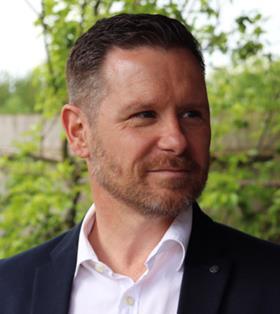
Michael Golding, network manager, LV=
The motor approved repair network is an important and integral part of the insurance claims journey. This is because the business of accident repair in the UK has never been so involved and technical, due to the complexities of technology in today’s vehicles.
Equally, the demands of bodyshops have never been greater as a result of repair capacity, extended booking in lead times, inflation, staff shortages, energy costs, a shortage of parts and courtesy cars. We’re also still coping with the consequences of both Brexit and the pandemic.
It’s imperative that insurance companies understand what is required from their network, to ensure they are both stable and profitable and are able to invest in their future to overcome the current and future challenges.
Collaboration and engagement is crucial between an insurer and its motor repair network, so they can help each other operate a smoother repair journey for both parties and – more importantly – their mutual customer.
There can sometimes be delays and unforeseen problems, which can be resolved and improved through constructive engagement and working together to actively help each other with the customer as its main focus.
James MacBeth, managing director, Auto Windscreens
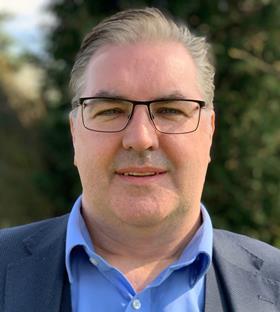
The evolution of electric vehicles and advanced driver assistance systems (ADAS) technology in recent years means motor repair networks need to keep up more than ever before.
Take our business, for example – fitting a windscreen is no longer a simple case of putting new glass in a hole. Our technicians need to be multi-skilled and customer-centric.
With more vehicles sporting ADAS features, we’re undertaking more calibrations and jobs require additional training, time and expertise in the workforce.
There’s also environmental, social and governance (ESG) concerns to consider – repairers, quite rightly, need to ensure every job is undertaken ethically, carbon efficiently and uses products from like-minded suppliers.
Repairers and insurers could work closer together, providing room for growth of the workforce of the future, sharing experiences and best practise to help prepare for changing regulation and legislation like the FCA’s Consumer Duty.
There’s a lot already being done, but there are always more opportunities for joint discussion and wherever this happens, it can only be a good thing.
Repairers like us need to ensure we have the knowledge, capacity and skills in our labour force to complete the jobs – and amazing customer service comes from having exceptional colleagues in the network.
We need to be working together to promote the next generations entering the industry.

Eibhlin Swan, head of claims customer delivery, Allianz Commercial
Our Approved Repairer Network (ARN) plays a crucial role in delivering our claims proposition and our clear focus on customer service through high-quality, efficient and timely motor repairs.
The repair market has been challenging over the last 18 months – parts delays, rising energy bills and low availability of skilled labour and courtesy cars have reduced capacity and inflated costs for the whole market.
Allianz has been working closely with our ARN partners to support them through this difficult time as we fully understand their strategic importance to customer delivery.
We’ve automated the sourcing of recycled spare parts and updated our policy wordings, addressing shortages and delays, while also making repairs more sustainable.
To help our partners with energy costs, we’ve been paying an energy fee for each repair. What’s more, we’ve been taking key actions to assist with training and development.
We are continuously discussing market challenges and identifying solutions as and when required.
Allianz prides itself in the collaborative relationships it has developed with its approved repairers. The vision we have for our network is built on cooperation and support for a sustainable future as well as any other opportunities to support the market.
Kirsty McKno, managing director, Cogent Hire

We know that the repair industry has faced a perfect storm, which shows little sign of abating as energy costs rise, parts shortages continue and lack of resource remains problematic.
Repairers are in possibly the strongest position they have been for a while, in terms of using their capacity to choose the companies that drive the best benefit.
If they aren’t already, insurers should perhaps consider how they can work collaboratively with the repair industry to improve and widen skill sets, develop alternative courtesy car models and create genuinely sustainable green part solutions.
Importantly, insurers and repairers need to understand how together they will deal with the growing electric parc and how best to manage the risk, training and solutions required when a battery electric vehicle (BEV) or plug-in hybrid electric vehicle (PHEV) is involved in an accident.
Safety in electric starts before the accident and extends through first response, recovery, storage, transportation, engineering, repair and salvage. Insurers will need a network with appropriate capability, which means working with repairers to make that happen.
There are some amazing initiatives in place with work by LV, Thatcham and the Institute of the Motor Industry (IMI) to name but a few, but without wider scale adoption of a consistent EV strategy the market will remain poorly prepared for 2030.
Neil Grimes, group claims director, Clear Group
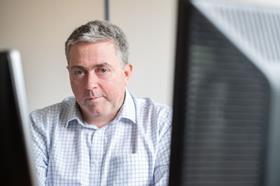
The challenges repair networks have faced over the last few years have been no secret.
It was the perfect storm of the Covid-19 pandemic, Brexit, Ever Given blockage, war in Ukraine, cost of living and soaring energy costs – which no one could have predicted – coupled with the problem of no one size fits all solution to the problem.
As a result of these issues, repairs are taking up to three times longer with a lack of parts, workforce, capacity and courtesy cars.
Can insurers help? The realistic answer is that there is not a huge amount they can do to solve the main challenges, but they can make an impact at the initial stage.
An effective triage at the first notice of loss (FNOL) stage could identify more mobile repair units coming to your home or work, [as well as] getting honest realistic timelines for policyholders, which prevent problems later in the claim.
What’s more, encouraging policyholders who require courtesy cars to use public transport or family cars would help speed up the process.
Long term, in partnership with the larger repair networks, a massive investment is required in state of the art repair facilities to cater for all the newer types of powered vehicles while taking advantage of emerging artificial intelligence (AI) technology.
Brian Moore, supply chain director, Aviva
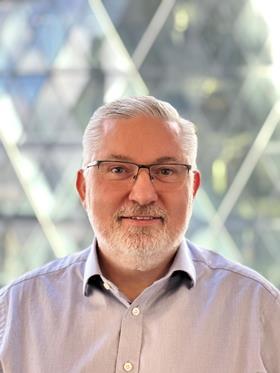
This is one of the most challenging supply environments most of us have experienced in our careers. We’ve responded to the challenge by fostering even greater collaboration with our network partners.
This improved collaboration has enabled us, our suppliers and their repair partners to serve our customers as best we can, despite the well-known constraints in the supply chain.
A critical area that will support further development is even deeper collaboration, transparency and connectivity across the value chain from the insurers to network managers, repair partners and their supply chains.
Developing a greater understanding of each other’s drivers and needs and what it takes to make the repair experience click for our customers will be key, whilst ensuring we maintain a sustainable and competitive supply market.
Further, we all have a role to play in building a more inclusive environment that attracts a wider demographic into the industry. We also need to build our talent pipeline and accelerate the speed to competency for our apprentices.
Finally, there are areas where industry-wide collaboration will be required, such as the environmental, social and governance (ESG) agenda and our collective impact on the environment – ensuring the industry collectively faces into this planet-wide challenge.
Hosted by comedian and actor Tom Allen, 34 Gold, 23 Silver and 22 Bronze awards were handed out across an amazing 34 categories recognising brilliance and innovation right across the breadth of UK general insurance.








































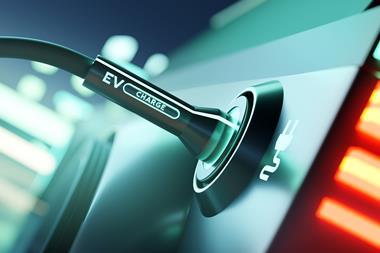











No comments yet